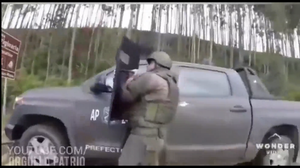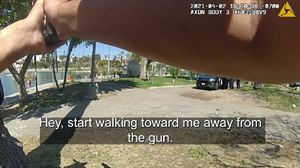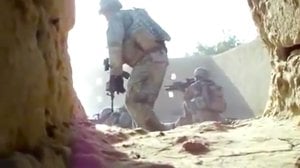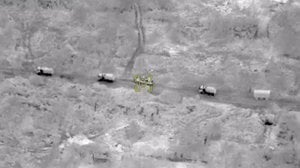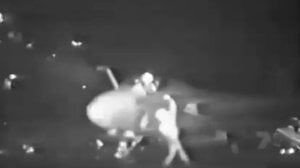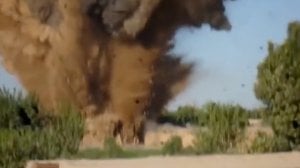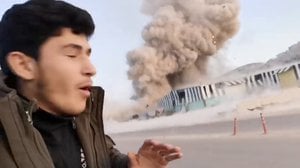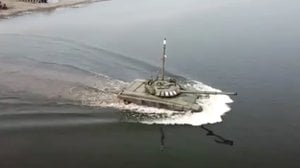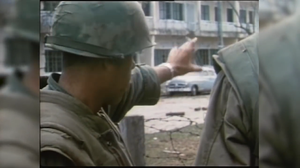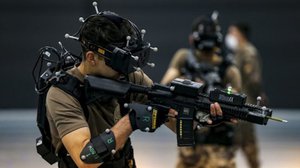
Harrier Crashes On Kandahar Airfield
Published 4 years ago
During a landing in 2009 at Kandahar Airfield, a RAF Harrier slams into the ground causing the aircraft to burst into flames. The pilot managed to control the aircraft until the very last minute before he had to eject. The pilot survived with minor injuries.
Crashes and failures for the unique British-designed aircraft are actually not that uncommon. The first Harrier design, the AV-8A, was an absolute crash addict, with more than half of the planes crashing. The later AV-8B Harrier was much safer, but still had a failure rate much higher than other military jets. Between the years 1971 and 2002, 45 U.S. Marine Harrier pilots were killed in 143 noncombat accidents.
The USMC Harrier will be replaced by the F-35B , which also has a similar Vertical Take Off/Landing ability. The ingenuity of this feature cannot be denied, but there are many that feel it is nothing more than a novelty. In order for the Harrier to conduct vertical take off, it needs to go light on fuel or payload. Similarly in the F-35B, the VTOL engine takes up so much space that the onboard weapons payload storage space is less than impressive. Those in support of the VTOL feature also suggest that it can take off and land anywhere, like jungle clear cuts and isolated desert where no airstrips can be found. However, the threat of foreign object damage to the engine is so great, that the aircraft never lands anywhere but a well groomed and prepared landing pad.


